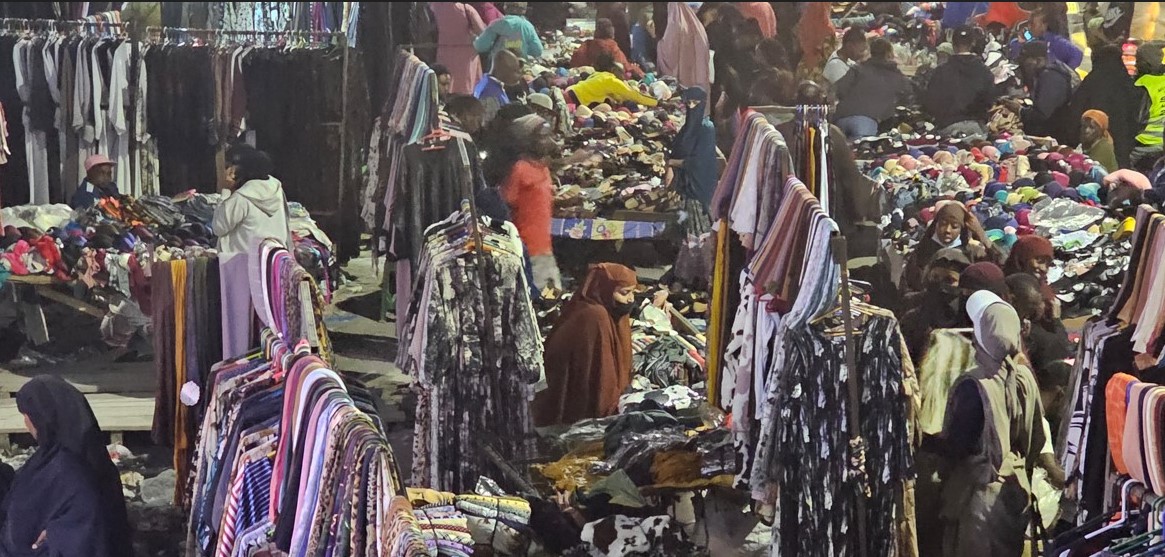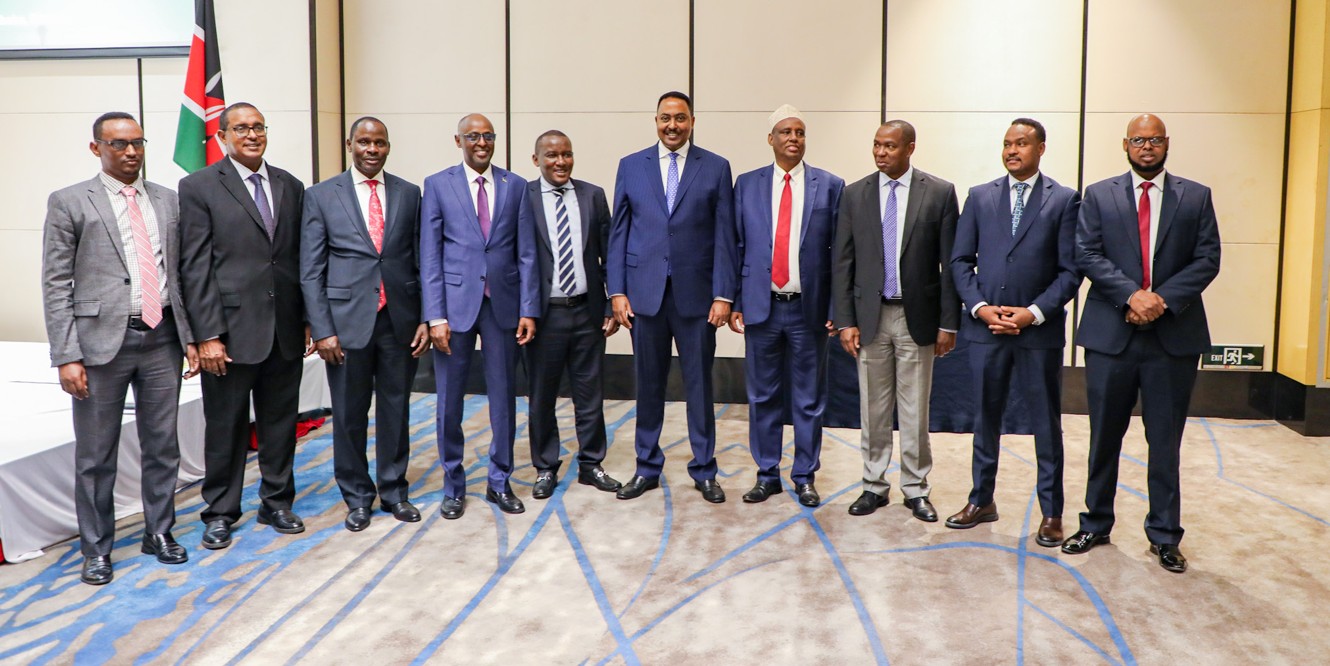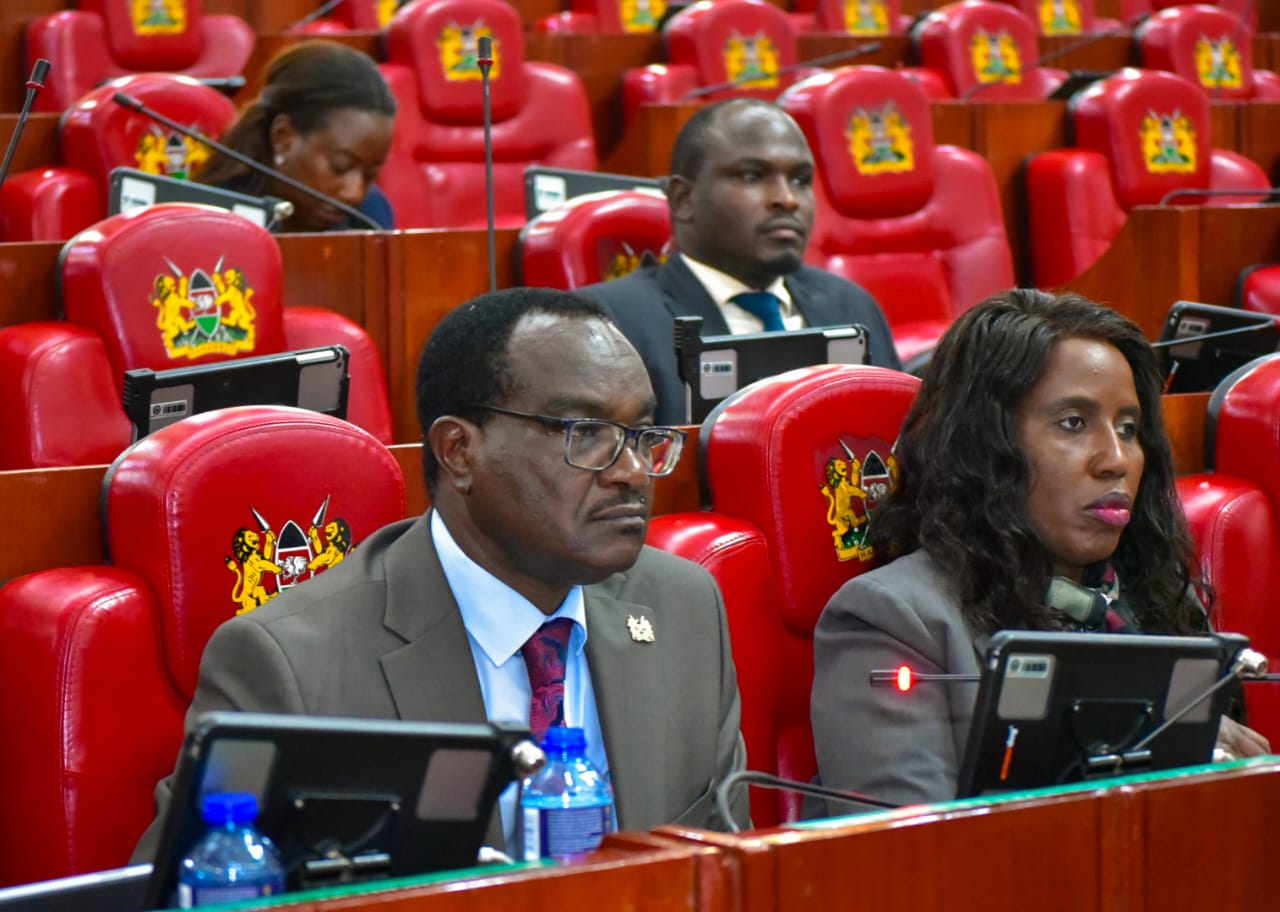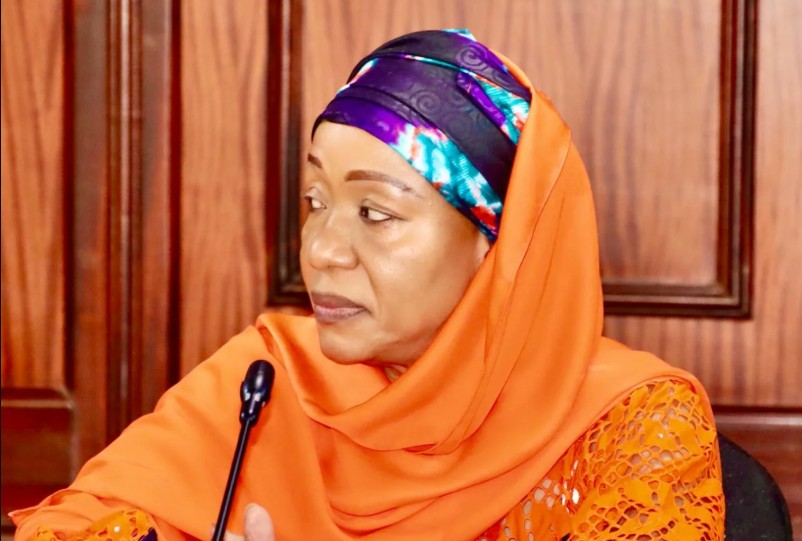Kenya’s wildlife conservancies make old men rich, while making women and young people poorer
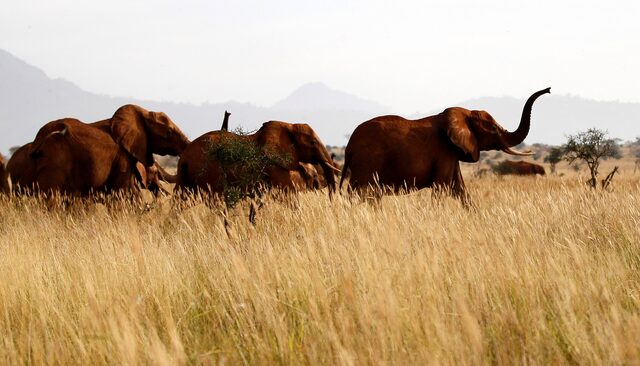
Kenya’s conservationists face a monumental task: how to conserve a public good on privately owned lands.
Kenya once had an exceptional abundance and diversity of wildlife but as the country’s population boomed, wildlife lost space to people, buildings, roads and agriculture.
Since 1948, Kenya’s population has surged by 780 per cent, from 5.4 million people to 47.6 million people in 2019. This was accompanied by a 70 per cent drop in wildlife numbers, between 1977 and 2013.
More To Read
- Tourism boost as MV Viking Sky cruise ship docks at Mombasa Port with 845 passengers
- Land audit to end wildlife conservancy disputes - CS Wahome
- Kenya launches digital nomad work permit, travel pass for transit visitors
- Conservancies in Garissa decry environmental degradation in refugee camps
- Garissa pastoralist communities embrace wildlife conservation
- Narok County bans private vehicles for game drives in Maasai Mara
This massive loss of wildlife and their habitats severely threatens Kenya’s lucrative tourism industry and the livelihoods of rural communities.
Kenya earned about US$1.8 billion from tourism in 2022. It’s pivotal to the economy, contributing 10.4 per cent to the national GDP and accounting for 5.5 per cent of formal employment. So, Kenya stands to lose immensely if wildlife numbers continue to diminish at such alarming rates.
Most (about 65 per cent) of all wildlife coexist with humans and livestock on private land. A meagre 35 per cent of all wildlife exists in state-protected areas, which cover merely 8 per cent (47,772km²) of Kenya. Some of these are too small and inadequately located to support most wildlife species year-round.
Kenya’s conservationists face a monumental task: how to conserve a public good on privately owned lands.
All wildlife in Kenya is owned by the state. This has meant that people who lived with wildlife on their land could not benefit from it and didn’t have an incentive to protect it. This dates back to laws, created in the 1970s, which banned hunting and ended the trade in wildlife and wildlife products.
By contrast, in some southern African countries, wildlife numbers are improving. This is partly attributed to policies in which wildlife conservation was entrusted to private landholders and communities. Landholders could get value from wildlife, for instance through farming, hunting or live sales.
One response to these challenges was the emergence in Kenya, around 2003-2004, of wildlife conservancies. These are areas of privately, group or communally owned land, leased for the conservation of wildlife and their habitats. In Kenya, these leases can be for as long as 25 years.
But conservancies face their own challenges, particularly because of how land is owned and who participates in the model.
Our study in Kenya’s Mara ecosystem reveals that land-rich older men reap the biggest rewards, often at the expense of women, young people and the landless poor.
This trend underlines a challenge in conservation efforts: balancing the interests of wildlife preservation with the rights and well-being of local communities who have been the custodians of these lands for generations.
Skewed benefits
Conservancies have increased the land available for conservation in Kenya. They started in the Mara ecosystem (southern Kenya) around 2004-2005. By June 2023, 206 conservancies covered 17.3 per cent of Kenya’s land area and directly supported over 700,000 households.
Conservancies have given private landowners and communities a chance to generate revenue through wildlife conservation. In some models, private landowners lease their land to investors in tourism. In other models, landowners manage wildlife and tourism enterprises themselves.
But they are creating a skewed, unequal benefit to communities, as we found in our study. We identified four main reasons for this.
First, to participate in conservancies, one must own land. But land ownership is heavily skewed in favour of powerful and rich older men. This is due to historical inequities associated with corrupt land subdivisions.
Women, having less access to land ownership in this highly patriarchal society, are largely excluded. The mainly landless youth are similarly excluded. Therefore, households that participate in conservancies get higher incomes due to the history of land tenure.
Second, there’s a growing interest among local Kenyan and international elites in acquiring land to establish private conservancies. This trend almost invariably results in the displacement and disconnection of communities.
Third, though 80 per cent of households in the Mara own land, participation in conservancies is determined by the amount and location of land. Proximity to tourist attractions matters.
For instance, households closer to the Maasai Mara National Reserve and with larger landholdings are more likely to participate in conservancies. This means it’s usually strategically located, land-rich households that are likely to benefit.
Fourth, wealth will be concentrated in the hands of a few. Poorer households can’t participate due to land ownership requirements, leading to wealth concentration among a few already land rich community members. This is compounded by the direct payments made to landowners.
Rethinking conservancies
To ensure that conservation strategies promote equitable benefits across communities, the conservancy model needs a rethink.
Being inclusive is critical to counter the historical exclusion that has marginalised communities and relegated their indigenous knowledge and experience with wildlife to the brink of oblivion.
In addition, something that our study highlighted, inclusive projects will enhance conservation in conservancies. There is a positive correlation between conservation income and support for conservation.
Failing to be inclusive risks perpetuating the exclusion of the landless poor from conservation efforts. This undermines the objectives and successes of conservancies. It rewards perpetrators and beneficiaries of a corrupt land privatisation and subdivision process. Our study found that it also embeds lasting resentment and antipathy towards conservation in their collective psyche, alienating them from these initiatives.
Such antipathy can intensify if conservancy members invest their conservation income in purchasing more livestock which they then graze on the lands belonging to the excluded conservancy non-members because grazing in conservancies is controlled. This breeds conflict. It also fuels the spread of fences to exclude unwanted livestock and wildlife.
Conservation initiatives must be inclusive and equitable, and consider the dynamic changes in land tenure and use and local population growth. Conservancy planners and government actors should take these actions into consideration:
Incentives that increase economic returns from wildlife, like trading in beef that’s been farmed alongside wildlife, should be promoted.
The privatisation and subdivision of community land prior to forming conservancies (as commonly happens) should be prevented. This is when powerful elites can corruptly allocate themselves large chunks of community land.
Conservancies should promote and protect community land and user rights and restore land back to the community where this has been irregularly acquired.
Landless pastoral people should be compensated for land loss to conservancies and to the land-rich, older men who have acquired their land corruptly.
There must be communication and engagement with local communities, including women and the landless poor. They have valuable knowledge which should be used and their voices must be empowered.
Conservancies must promote conservation-compatible projects that also aim to empower women, the youth and landless poor. Successful and sustainable wildlife conservation is more likely to be achieved when it is part of an integrated development that addresses the socio-economic needs of local communities.
Top Stories Today


